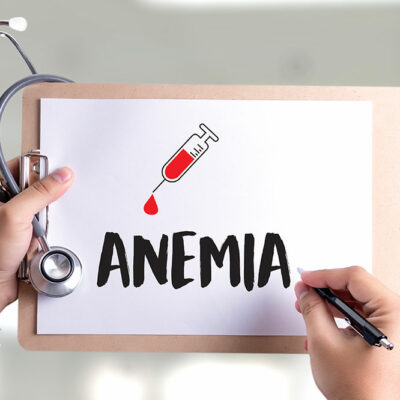
Signs of Acute and Chronic Hepatitis C
The hepatitis C virus or HCV is the inflammation of the liver that can affect its primary function. Hepatitis C virus is the most severe form of the virus and has two courses. The first is acute hepatitis C which lasts a few months. However, it can lead to the second course, which is severe and chronic. In this article, we have listed the signs and symptoms of hepatitis C.
1. Common symptoms of HCV
There are common symptoms that occur in both acute and chronic and last longer. Owing to their prolonged presence, these symptoms turn severe as they enter the chronic phase of the virus. The most common signs and symptoms of hepatitis C are fatigue, jaundice, decreased appetite, and joint pain. These symptoms can also include fever, nausea and vomiting, abdominal pain, muscle pain, and even diarrhea.
2. Rare symptoms of HCV
These symptoms result from the dysfunction of the liver and are less common. A person would notice such symptoms of the HCV infection not just in one but both the acute and chronic stages.
- Weight loss
A person can lose weight due to several effects from the HCV infection. Fatigue, nausea, and vomiting tend to deteriorate a person’s appetite. It also drastically reduces their food intake levels. When the liver gets impaired, the production of other vital proteins and fats that aid food absorption and digestion also reduces. As a result, it leads to diarrhea and malnutrition. - Rheumatic diseases
A person can experience muscle aches, pains, and swelling in the joints even before they are aware of HCV exposure. These symptoms occur as the immune system is constantly triggered to fight the virus. - Vasculitis
Also known as the inflammation of blood vessels, vasculitis can stem a series of effects that include pain, blood clots, and on infrequent occasions, strokes or heart attacks. - Cryoglobulinemia
These are proteins in the blood that harden when exposed to cold temperatures. The sudden change in its state can cause circulatory problems. - Other symptoms
Other rare symptoms include burning sensations, abnormal tingling, itchy skin, raised or bumpy areas of a rash, a “pins and needles” sensation, dry eyes, and dry mouth.
3. Symptoms similar to other liver diseases
There are some HCV symptoms of the acute and chronic stages that resemble other liver diseases.
- Bleeding and bruising
When it comes to the human anatomy, the liver plays a major role in developing proteins that help in blood clotting. It is also important when it comes to recovering from an injury. The bleeding and bruising may be signs of a dysfunctional liver. These signs are probably the result of a viral attack on the liver. It may even be the body’s inflammatory response to the virus. - Excretory problems
Excess bilirubin is produced when the liver is infected or impaired. This excess bilirubin can cause jaundice and the dark coloring of urine. The infection can also lead to pale or chalky stools, another notable sign of hepatitis C.


